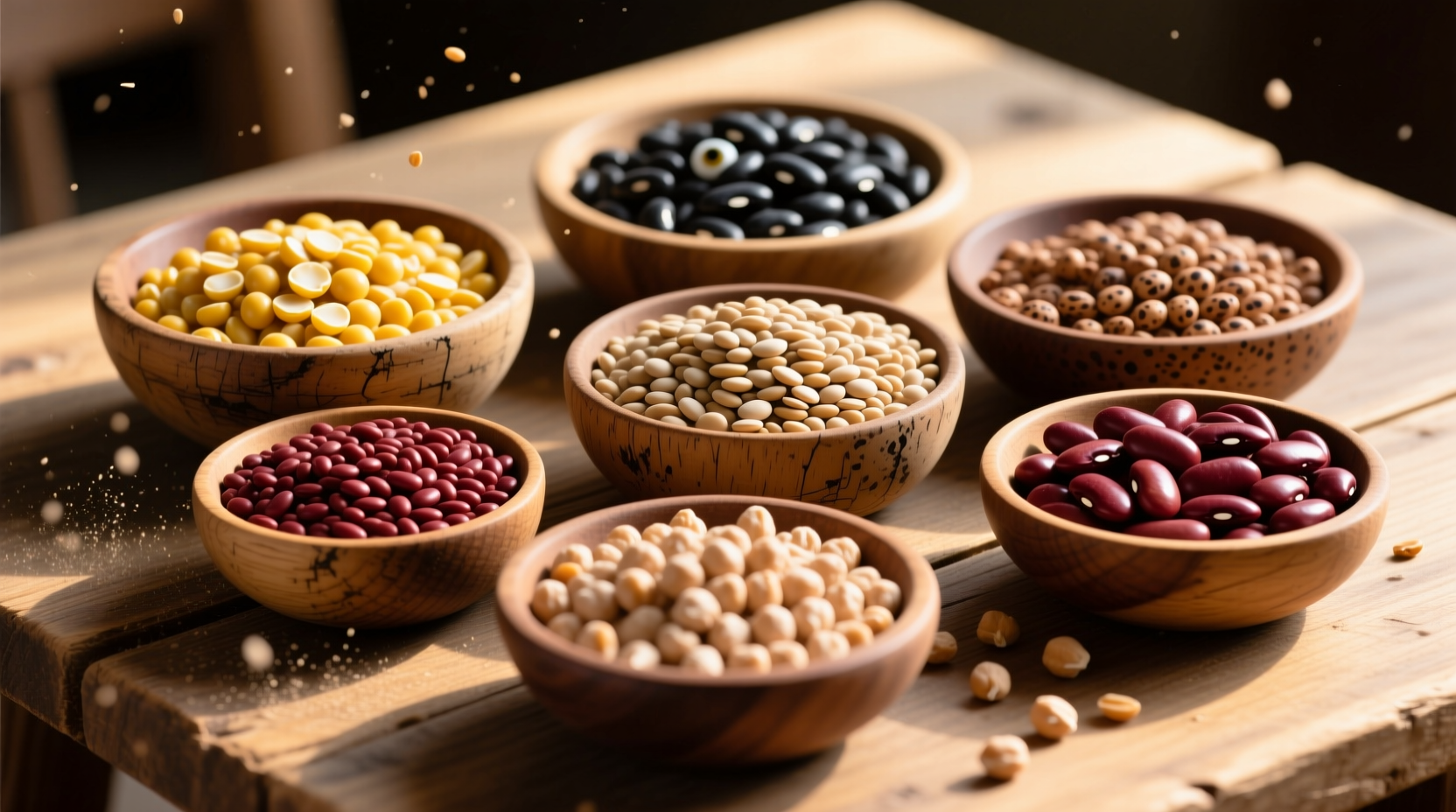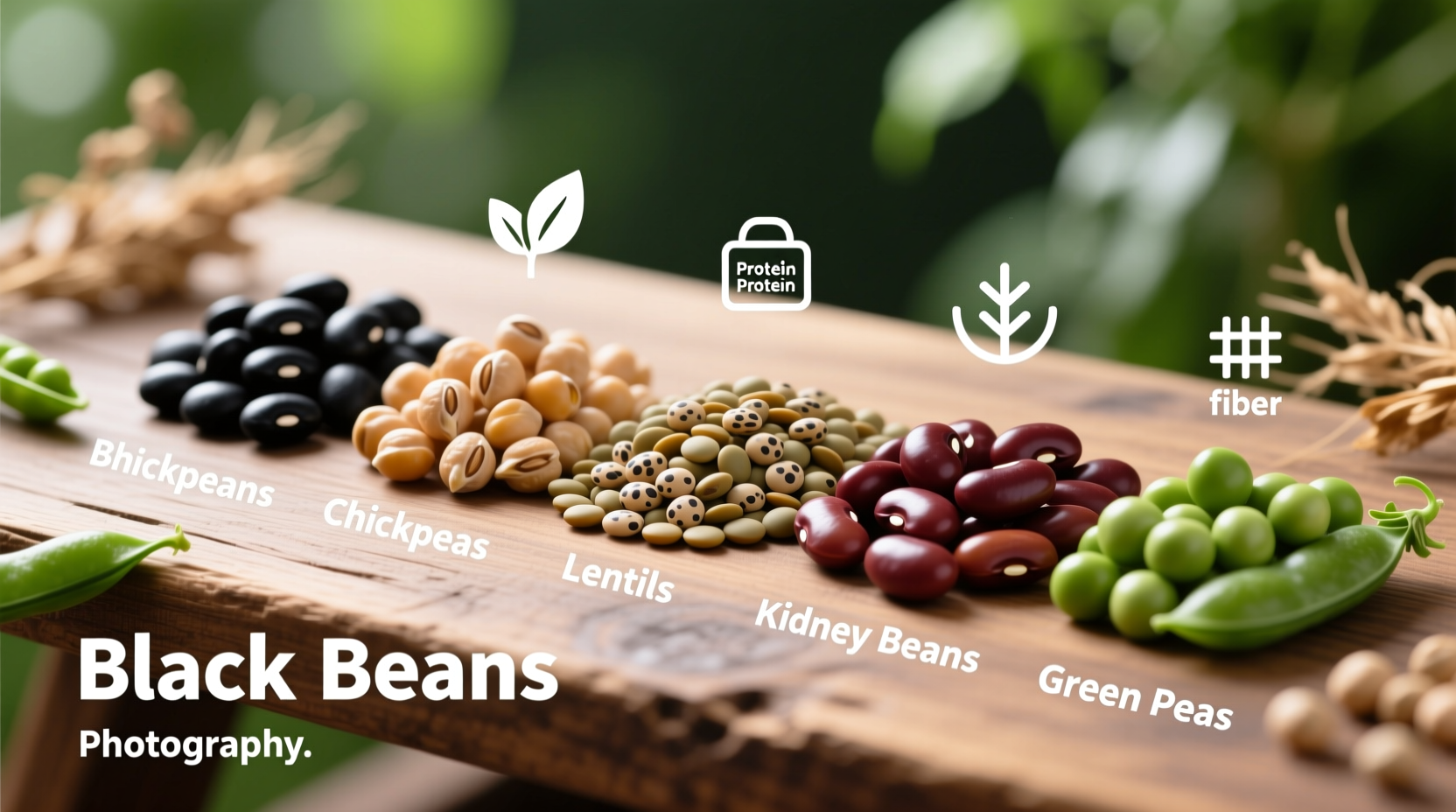When you're exploring plant-based nutrition or seeking affordable protein options, understanding pulses becomes essential. These humble seeds have sustained civilizations for millennia and now stand at the forefront of sustainable eating. Whether you're a health-conscious eater, budget-minded shopper, or environmentally aware consumer, pulses deliver remarkable benefits that extend far beyond basic nutrition.
Defining Pulses: More Than Just Beans
The Food and Agriculture Organization (FAO) of the United Nations defines pulses as the dried edible seeds of plants in the legume family. According to FAO documentation, this category specifically includes dried beans, dried peas, dried lentils, chickpeas, and faba beans. What distinguishes pulses from other legumes is their harvesting method—they're always harvested dry, unlike fresh legumes like green peas or green beans which are considered vegetables.

Common Pulse Varieties You'll Find
Walking through any grocery store, you'll encounter numerous pulse varieties. Understanding these helps you make informed choices based on flavor, cooking time, and nutritional profile:
| Pulse Type | Common Varieties | Cooking Time (unsoaked) | Distinctive Features |
|---|---|---|---|
| Lentils | Brown, green, red, black (Beluga) | 15-45 minutes | Don't require soaking; red lentils cook fastest |
| Chickpeas | Garbanzo beans, desi chickpeas | 60-90 minutes | Versatile for hummus, stews, and roasting |
| Dried Beans | Kidney, black, pinto, navy | 60-120 minutes | Generally require soaking overnight |
| Peas | Yellow, green, split | 30-60 minutes | Split varieties cook faster than whole |
How Pulses Differ from Other Legumes
While all pulses are legumes, not all legumes qualify as pulses. This distinction matters for accurate nutritional understanding. Legumes represent the entire plant family (Fabaceae), while pulses specifically refer to the dried seeds of certain legume plants. Fresh legumes like snap peas and green beans are harvested while still immature and fleshy, placing them in the vegetable category rather than the pulse category.
The USDA Agricultural Research Service clarifies that pulses must be harvested solely for their dry seeds. This harvesting method preserves nutrients differently than fresh legumes and creates the shelf-stable product we recognize as pulses.
Your Step-by-Step Guide to Preparing Pulses
Proper preparation transforms pulses from dried seeds to delicious, digestible food. Follow this practical sequence based on how home cooks actually use pulses:
- Sorting: Spread pulses on a light-colored surface to spot and remove small stones or damaged seeds
- Rinsing: Place in a colander and rinse thoroughly under cool water
- Soaking (for beans): Cover with 3 inches of water and soak 8-12 hours (lentils and split peas don't require soaking)
- Cooking: Use fresh water (3 cups water per 1 cup pulses), bring to boil, then simmer until tender
- Seasoning: Add salt and acidic ingredients like tomatoes only after pulses are tender
For quick preparation, use your pressure cooker: most pulses cook in 15-25 minutes without pre-soaking. Always discard soaking water to reduce compounds that cause digestive discomfort.
Nutritional Powerhouse: Why Pulses Deserve a Place on Your Plate
According to research published in the American Journal of Clinical Nutrition, pulses deliver exceptional nutritional value per calorie. A single cooked cup provides:
- 15-18 grams of plant-based protein (comparable to 2-3 ounces of meat)
- 12-16 grams of dietary fiber (40-60% of daily needs)
- Significant amounts of iron, zinc, folate, and magnesium
- Complex carbohydrates with low glycemic index
- Nearly fat-free with zero cholesterol
What makes pulses particularly valuable is their complete nutritional synergy—fiber slows the digestion of carbohydrates, creating steady energy release while enhancing mineral absorption. The Harvard T.H. Chan School of Public Health notes that regular pulse consumption correlates with improved heart health, better blood sugar control, and healthy weight management.
Understanding Pulse Benefits Through Time
Pulses have sustained human civilizations for thousands of years. This historical timeline reveals their enduring importance:
- 8,000 BCE: Archaeological evidence shows lentil cultivation in the Middle East
- 2000 BCE: Egyptian tombs contain dried beans as provisions for the afterlife
- 500 BCE: Greek and Roman diets heavily feature lentils and chickpeas
- 1492 CE: Columbus brings New World beans (kidney, lima) to Europe
- 2016: United Nations declares International Year of Pulses
- Present: Pulses recognized as critical for global food security and sustainability
Practical Considerations for Pulse Consumption
While pulses offer numerous benefits, understanding their context boundaries ensures optimal use:
- Digestive adaptation: Increase consumption gradually to allow your gut microbiome to adjust
- Nutrient absorption: Pair with vitamin C-rich foods to enhance iron absorption
- Special diets: Most pulses are naturally gluten-free but check labels for cross-contamination
- Medical considerations: Those with gout may need to moderate intake due to purine content
- Storage: Keep in airtight containers away from light for up to 1 year for best quality
Sustainable Eating Made Simple
Beyond personal health, pulses contribute significantly to environmental sustainability. Research from Nature Food Journal demonstrates that pulse production requires 40-50% less water than animal protein sources and actually improves soil health through nitrogen fixation. Incorporating just one weekly meatless meal featuring pulses reduces your dietary carbon footprint by approximately 8% according to environmental impact studies.
Frequently Asked Questions
Here are answers to the most common questions about pulses:











 浙公网安备
33010002000092号
浙公网安备
33010002000092号 浙B2-20120091-4
浙B2-20120091-4